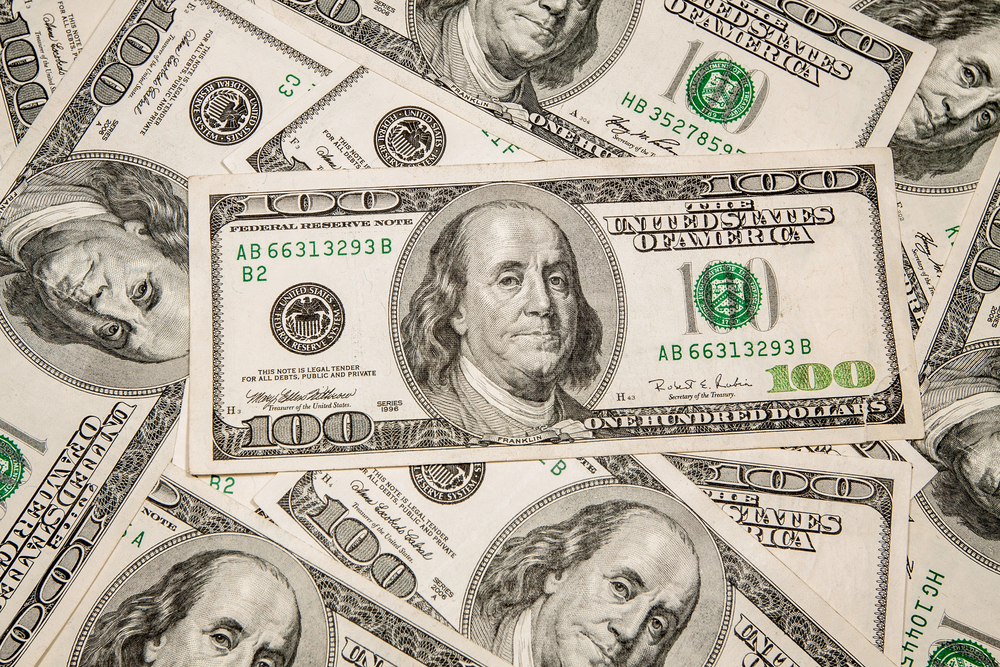

This article is only available to Macro Hive subscribers. Sign-up to receive world-class macro analysis with a daily curated newsletter, podcast, original content from award-winning researchers, cross market strategy, equity insights, trade ideas, crypto flow frameworks, academic paper summaries, explanation and analysis of market-moving events, community investor chat room, and more.
Summary
- We estimate UST issuance ahead for FY 23/24 and 24/25.
- Despite a strong deficit ahead, there could be upside risk if we get a Trump 2.0 presidency post-November.
- We expect the US Treasury will seek to wind down net bill issuance through the rest of FY 23/24 and through 24/25. If the recent rate of coupon issuance is sustained, it would allow this.
- Recent coupon issuance has skewed towards the shorter end, perhaps to offset some of the duration pain of relying on net bill issuance.
- Our base case is for long-end issuance to return towards a more typical proportion of coupon issuance.
- Supply of US duration looks set to remain heavy through the rest of FY 23/24, with further upside in 24/25, even if QT ends at the end of the year.
Market Implications
- We are watching for opportunities to return short USTs and would look to fade strength post-data prints.
- A bigger opportunity for rates selling could emerge on the 1 May QRA if net bill issuance remains low/negative and growth data is still strong .
The US Fiscal Picture
The US Congressional Budget Office (CBO) updated its budget forecasts to reflect a deficit of $1,582bn for FY 23/24 (end-Sep 24) and $1,772bn for FY 24/25. This is a reduced 2024 deficit ($62bn) versus the estimate in May 2023, largely due to higher corporate tax receipts and lower discretionary spend. That said, higher net interest costs mostly offset these positives.
These forecasts are predicated on a GDP growth rate of +1.5%, which sits about in line with market and IMF expectations for growth. The CBO’s forecasts are similar to the market and IMF estimates for CPI, too (Chart 1).
Despite the generosity of the spending assumed, there is currently strong upside risk to the 24/25 budget deficit. While Biden has widened the gap on spending over Trump, polling suggests he remains behind. Regardless of national polls, it will come down to the swing states (which favour Trump for now). A rising oil price would further support the challenger. A Trump victory would likely mean further fiscal easing next year.
Expect Elevated Coupon Supply on Reduction in Bill Issuance
How much the deficit translates into coupon (duration) issuance depends on how much the US Treasury leans on bill issuance. They have done so heavily in recent quarters (Chart 2). 2023’s net build in net bill issuance was attributable to the rebuilding of the cash balance post-government shutdown. We do not expect a repeat of this. Instead, we see the recent trend in increased coupon issuance as evidence that they will look to reduce the outstanding quantity of bills ahead (Chart 3).
By our calculations, the current rate of coupon issuance could allow negative bill issuance in Q2 and Q3, with the 23/24 financial year at around +$430bn (Chart 2). We see a further winddown of outstanding bills in FY 24/25 following two strong years of builds – we conservatively pencil in a $600bn bill net reduction.
Chart 2: YTD PSNB, orange dotted line = OBR April 2023 estimate, blue dotted line = OBR November 2023 estimate, black line = actual.
Chart 3: net bill issuance by quarter: light blue = historic quarterly avg by calendar year, blue = historic quarterly data, orange = Macro Hive Forecasts
Expectations for UST Issuance
Our expectation for 23/24, based on a deficit of around $1.58tn, $3tn in maturities, and $420bn in net bill issuance, is for gross coupon issuance at around $4.6tn. For 24/25, the deficit is expected at $1.7tn, maturities at $3tn, and -$600bn in net bill issuance, suggesting total gross coupon issuance at $5.4tn.
The most recent QRA set out a continuation of the increase in 2Y, 3Y and 5Y issuance as a proportion of total coupon issuance (Chart 4). There is a risk that this trend continues as a move to reduce the scale of the increase in net duration supply. But we have pencilled in a return to more normal proportions.
Chart 4: proportion of coupon issuance by bond tenor: blue = 2Y, orange = 3Y, light grey = 5Y, yellow = 7Y, light blue = 10Y, green = 20Y, dark blue = 30Y, brown = TIPS, dark grey = FRN
Together, by our estimates, this paints a picture of relatively strong duration supply in the US across the rest of the fiscal year and an even stronger supply outlook into FY 24/25 (Chart 5). There is upside risk to this if we get Trump 2.0 post-November.
Chart 5: Issuance by bond maturity: red = ultra long, orange = long bond, dark blue = medium bond, light blue = short bond, grey = inflation linked bonds, black line = sum, dotted black line = Macro Hive estimate
We expect both the shift towards negative net bill issuance and the return to more typical short-term note issuance to elevate duration supply (Chart 6).
Chart 6: Net duration issuance: blue = bond supply, orange = coupon effect, yellow = QE/QT effect, black line = sum, dotted black line = Macro Hive estimate
We have been strategically bearish US rates for some time. Near term, we are watching for opportunities to return short, with it looking attractive to fade strength here. A more considerable opportunity for rates selling could emerge after the 1 May QRA (where we expect net bill issuance to remain low/negative) if growth data is still strong.
.
Henry Occleston is a strategist who focuses on European markets. Formerly, he worked in European credit and rates strategy at Mizuho Bank, and market strategy at Lloyds Bank.
.
